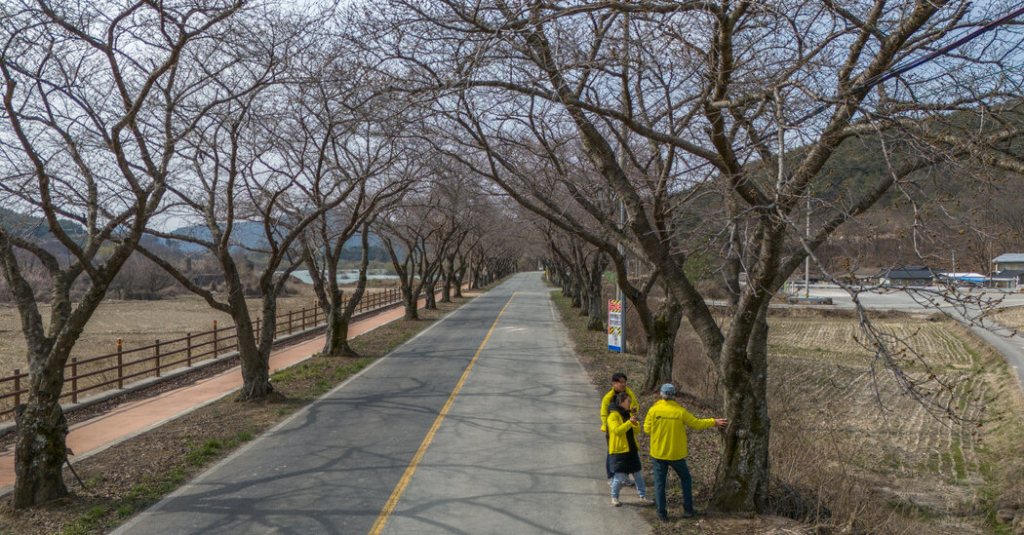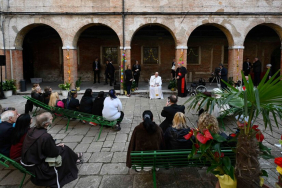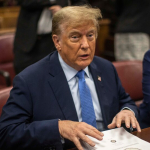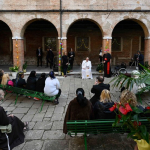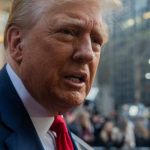
Shin Joon Hwan, an ecologist, walked along a road lined with cherry trees on the verge of blooming last week, examining the fine hairs around their dark red buds.
The flowers in Gyeongju, South Korea, an ancient capital, belong to a common Japanese variety called the Yoshino, or Tokyo cherry. Mr. Shin’s advocacy group wants to replace those trees with a kind that it insists is native to South Korea, called the king cherry.
“These are Japanese trees that are growing here, in the land of our ancestors,” said Mr. Shin, 67, a former director of South Korea’s national arboretum.
Mr. Shin’s nascent project, with a few dozen members, is the latest wrinkle in a complex debate over the origins of South Korea’s cherry trees. The science has been entangled with more than a century of nationalist propaganda and genetic evolution.
Cherry blossoms, celebrated by poets as symbols of impermanence, occupy a major place in Japanese culture. In medieval times they were associated with elite warriors, the “flower among flowers,” said Emiko Ohnuki-Tierney, an anthropologist who has written about the cherry tree.
